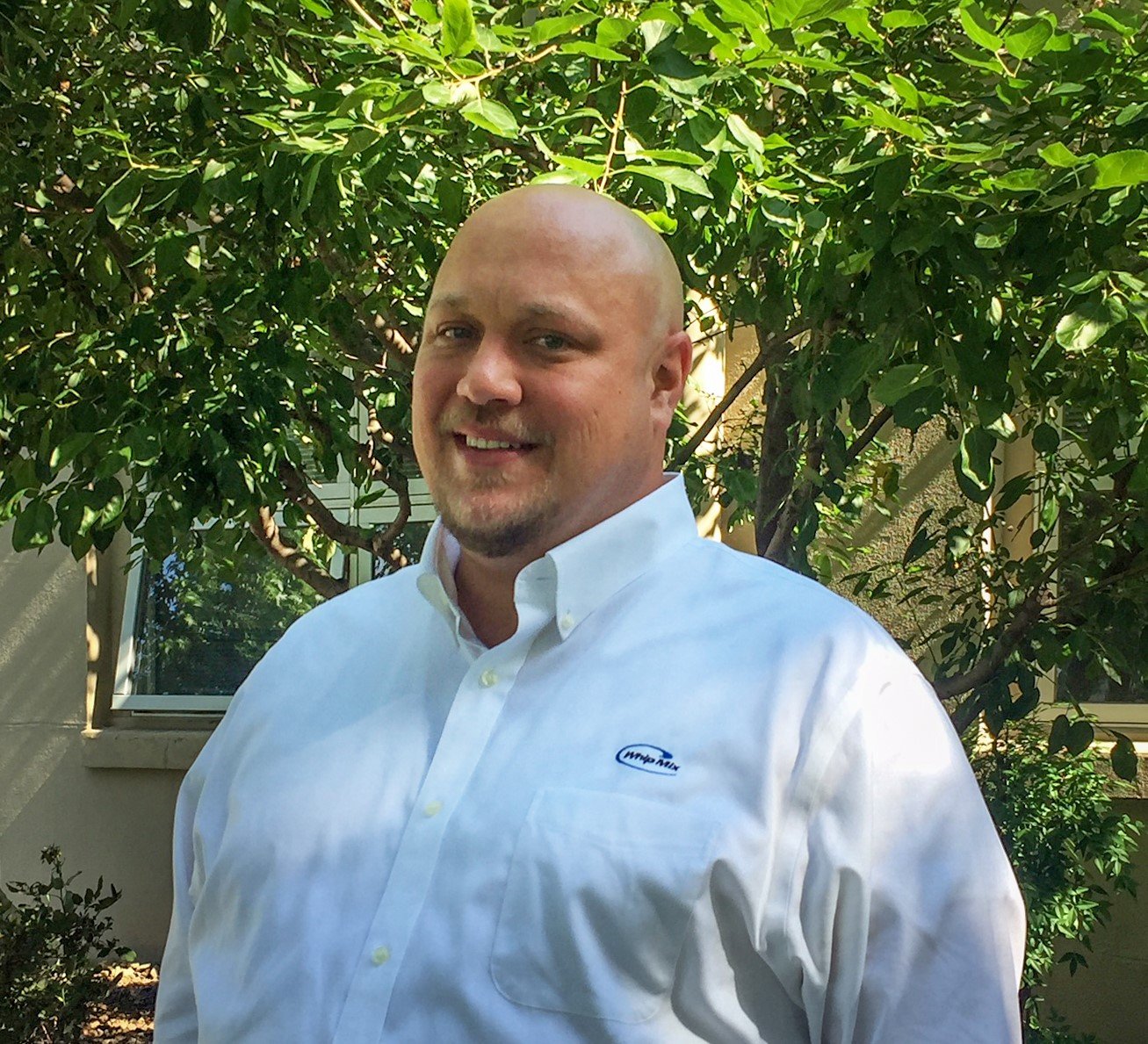Everyone in the dental industry is familiar with the popularity of zirconia and believe it is here to stay. However, according to the Key Group Inc.’s 2014 U.S. Dental Lab Report, 72% of respondents expect to see a significant increase in CAD/CAM all-ceramic production. So, if all-ceramic production is going to increase – especially zirconia - let’s take a look at the differences between each of them with respect to dry or wet milling as we head into 2016.
As a refresher, the type of material being milled is what makes the difference in what type of milling you will perform. Generally, zirconia, wax and PMMA (an methacrylate resin for temporaries) are milled using a dry mill. Zirconia and PMMA may also be milled using a wet mill. Wet milling is required when milling glass-ceramics, such as lithium disilicate, and also when milling feldspathic porcelains and composite resins. Titanium is a metal that requires wet milling. Cobalt chromium is generally milled in a wet mill but may in certain instances be milled dry.
Wet Milling
Wet mills use distilled water with an additive that works as a coolant for the tools and material that is being milled. Wet mills need to be cleaned on a regular basis to remove the material that has collected in the mill. When considering the purchase of a wet mill, it is very important to determine how easy it is to access the coolant tank and filter, since you will be changing and cleaning these out weekly, in most cases.
Dry Milling
Dry milling uses pressurized air and a vacuum to remove material particles. Even with this it will still need to be cleaned out from time to time, so it is important when looking at a dry mill to choose one that allows easy access with a vacuum.
Making the Decision
While only 39% of dental labs have a mill, approximately 79% have a scanning system. The opportunity to have a cost-effective in-house mill has never been greater. If you are part of the 60% that does not yet own a mill, and your current outsourcing invoice for zirconia, PMMA and wax is greater than $1,800 a month, then your return on your investment may be there. At this point, you are ready to look into a dry milling system. It is important when choosing a mill that you also choose a CAM software that will allow you to add additional mills as your production increases. On the other hand, if you already have dry capabilities, there is now a cost-effective way to add glass-ceramic restoration production. If you are a lab looking to add a fast restorative solution to your CAD CAM offering, then the wet milling of glass-ceramics is now easy to provide.
While there are wet/dry combination mills on the market, the transition from one to another is painstaking and a big waste of time. It is now easier than it has ever been to have complementary wet and dry milling machines. So, as the popularity of glass-ceramics and zirconia increases, keep an eye on your out-sourcing invoice or your need to incorporate composite resins and glass ceramics into your current offering and know there is a cost-effective solution that will meet your needs.












Leave a comment